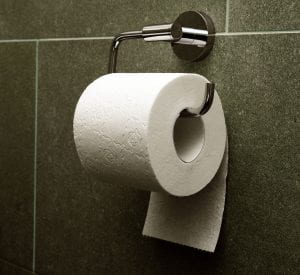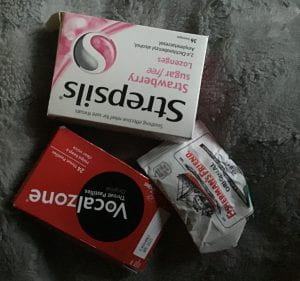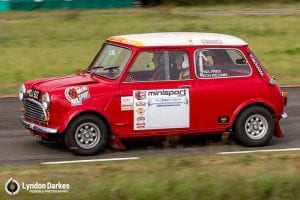Paper is the most essential resource on the planet.
Uniting society, our society, it holds history by the hand, documenting our greatest most fatal events through books, magazines, drawings, and most importantly McDonald’s receipts (which allow us to redeem a discounted Big Mac through completing a survey).
And I think that we owe our knowledge to the timely tree, wise and mystical, which allows us to tap into our past with the flick of a page. Almost never do we really consider the travesty the world could’ve been if paper didn’t exist, since we are so entrapped by mere existence of paper as a given. We have lost touch with the appreciation of the simple aspects of our heritage, and I think it is a severe consequence of the direction society is heading into. So I ask you to ponder the question:
Does paper paper?
The Directional confuzzlement
Intercontinentally, paper has reached mass popularity, but not through the importance of its role as a key part of the Earth, but from rather how it serves our selfish Homosapien existences which begs the question…
Which way does the toilet roll roll ?
Exhibit A presents the over position. To the masses, this is the default, with over 70% of people (in various surveys) agreeing with this. It presents the benefit that one’s hands won’t touch the wall if your hands are dirty (with food obviously); that it’s easier to grasp the more accessible exposed segment; and it provides the opportunity to “fold in” the final end in a hospitality situation to give a look of ptang and shazam to the roll. One downside is that practically everyone takes on this style, so if you’re looking to be quirky or stand out, or even convert your occupation to “clown,” this is the way to go.

Exhibit A
Exhibit B presents the under position, a method of presenting a roll that is near blasphemous. Like why? Well, one reason is that the end piece of paper can be hidden from view, creating a cleaner look. If one has a cat or toddler, they have absolutely no chance at unrolling it and leaving you with a mess to clean up. It also reduces the chance of unrolling as the wall acts as a kind of “breaking system” to rotation of the toilet roll. But it’s wrong.

Exhibit B
Overall, toilet paper’s role in social constructionism has caused many paper arguments (*Bah-dum Tsk*). For example, it has probably ended a few too many marriages. Many of us are born into an orientation and stick with it, looking in disgust at the other side of this argument. Others of us feel peer pressured to conform to societal standards. Christopher Peterson, professor of psychology at the University of Michigan, suggests that it is a matter of “tastes, preferences, and interests” rather than “attitudes, traits, norms, and needs.”
So I ask you: is there really a correct way?





 From Big Brother to social media’s central stage, you must have heard of Andrew Tate: he’s a controversial influencer and pyramid scheme owner not particularly known for being… let’s say…”orthodox.” Some may call him a genius, most call him a misogynist (spoilers: he is).
From Big Brother to social media’s central stage, you must have heard of Andrew Tate: he’s a controversial influencer and pyramid scheme owner not particularly known for being… let’s say…”orthodox.” Some may call him a genius, most call him a misogynist (spoilers: he is).




 2022 has been a good year for film, from complex and confusing films like Nope, to the cheap but enjoyable Netflix romps such as Gray Man. Amongst diamonds and rough alike, one film stood out to me:
2022 has been a good year for film, from complex and confusing films like Nope, to the cheap but enjoyable Netflix romps such as Gray Man. Amongst diamonds and rough alike, one film stood out to me:  A few of weeks ago, I was offered the chance of driving a 60s
A few of weeks ago, I was offered the chance of driving a 60s 





